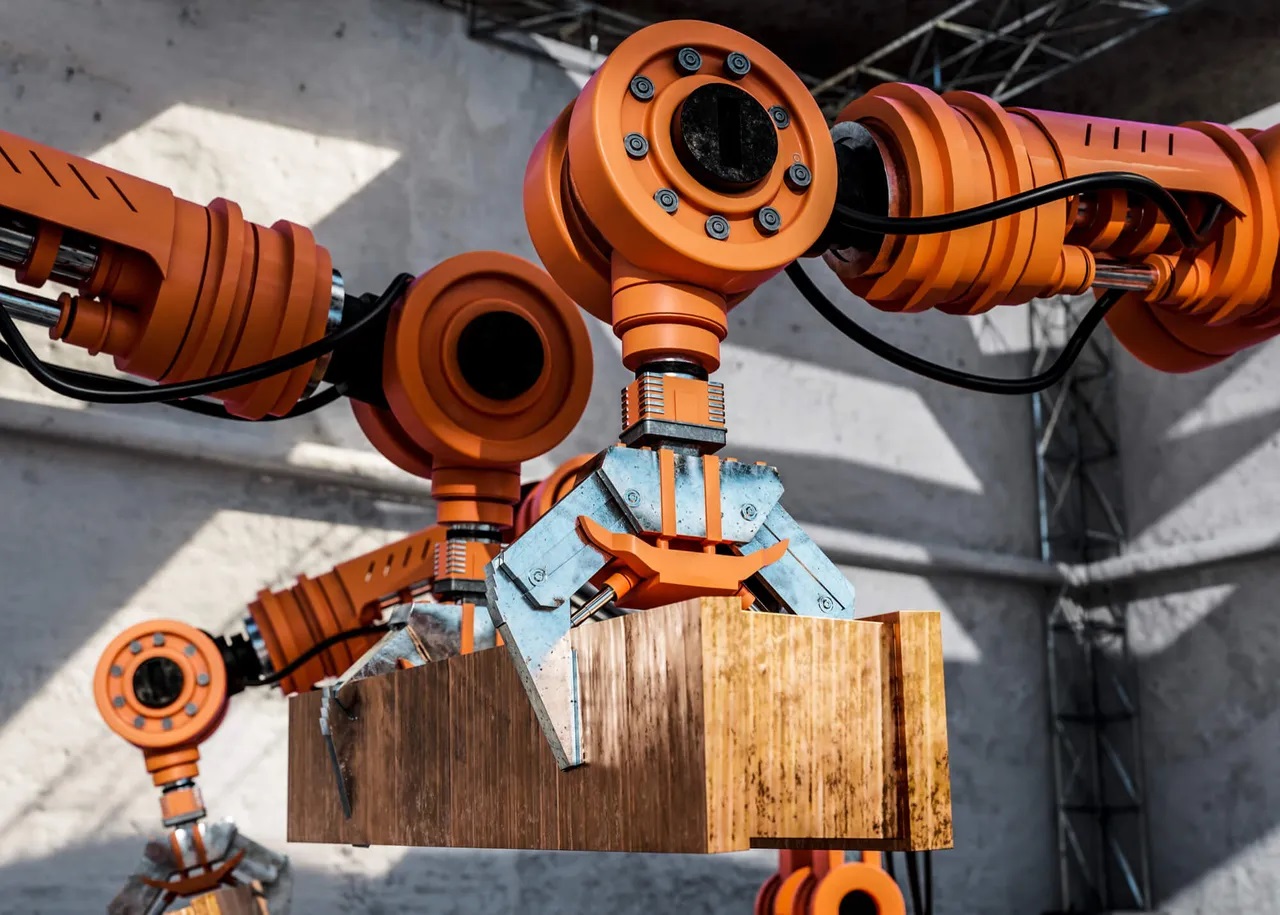In today’s hyper-connected digital age, cybersecurity is no longer optional—it’s an absolute necessity. The rapid adoption of cloud computing, Internet of Things (IoT), artificial intelligence (AI), and remote work has opened new opportunities for growth, but it has also created countless entry points for cybercriminals.
By 2025, cyber threats have grown more sophisticated, and organizations face an unprecedented need for robust security measures. This blog will explore the state of cybersecurity in 2025, the biggest threats businesses face, the latest defensive technologies, and best practices to keep digital assets secure.
1. The Changing Cybersecurity Landscape
Cybersecurity has shifted from being a purely IT concern to a boardroom-level priority. In the early 2000s, security was mostly about installing antivirus software and firewalls. Today, it involves real-time threat intelligence, AI-driven monitoring, zero trust architecture, and continuous vulnerability assessments.
Cybercriminals are leveraging automation, AI, and advanced social engineering to launch attacks at scale, making traditional defenses insufficient.
2. Major Cybersecurity Threats in 2025
a. Ransomware 3.0
Ransomware has evolved from encrypting files to double and triple extortion tactics—stealing data, encrypting systems, and threatening to leak sensitive information if payments are not made.
b. AI-Powered Attacks
Cybercriminals now use AI to automate phishing campaigns, create deepfake audio/video for fraud, and even exploit vulnerabilities faster than human hackers.
c. Supply Chain Attacks
Attackers target less secure vendors, software libraries, or cloud providers to compromise multiple organizations at once.
d. IoT Vulnerabilities
Smart devices in offices, factories, and homes are often poorly secured, making them easy entry points into networks.
e. Insider Threats
Employees—whether malicious or careless—remain one of the biggest risks to organizational security.
3. Key Cybersecurity Technologies in 2025
a. Zero Trust Architecture (ZTA)
The Zero Trust model assumes no user or device is trustworthy by default. Every access request is verified, no matter where it originates.
b. AI and Machine Learning for Threat Detection
AI systems can detect anomalies, predict potential attacks, and respond in milliseconds—much faster than traditional methods.
c. Extended Detection and Response (XDR)
XDR integrates multiple security layers—endpoint, network, email, and cloud—into a unified monitoring and response platform.
d. Secure Access Service Edge (SASE)
A cloud-based approach that combines network security and wide-area networking (WAN) into a single service.
e. Quantum-Resistant Encryption
With quantum computing on the horizon, companies are adopting encryption algorithms that can withstand quantum-level attacks.
4. Best Practices for Cybersecurity in 2025
a. Implement Multi-Factor Authentication (MFA)
Requiring more than one verification method drastically reduces unauthorized access.
b. Regular Security Audits
Conduct penetration testing and vulnerability scans to identify weaknesses before attackers do.
c. Employee Security Training
Humans are the weakest link. Regular phishing simulations and security awareness programs help reduce risks.
d. Data Backups and Recovery Plans
Regularly back up critical data to secure, offline locations, and test recovery procedures.
e. Patch Management
Keep all software and firmware up to date to prevent exploitation of known vulnerabilities.
5. Regulatory Compliance
With increasing data breaches, governments worldwide have tightened data protection laws. By 2025, businesses must comply with:
-
GDPR (EU) – General Data Protection Regulation
-
CCPA (California) – California Consumer Privacy Act
-
DPDP (India) – Digital Personal Data Protection Act
-
ISO 27001 – International information security standard
Non-compliance can lead to hefty fines, lawsuits, and brand damage.
6. The Role of Cloud Security
Cloud adoption has skyrocketed, but so have cloud-related breaches. Key cloud security measures include:
-
Data Encryption – Both in transit and at rest
-
Identity & Access Management (IAM) – Controlling who can access what
-
Cloud Security Posture Management (CSPM) – Continuous monitoring and compliance checks
7. Incident Response in 2025
Even the best defenses can be breached. A modern incident response plan includes:
-
Preparation – Define roles, tools, and processes
-
Detection & Analysis – Use AI-powered monitoring tools
-
Containment – Limit the spread of the attack
-
Eradication – Remove malicious code or actors
-
Recovery – Restore normal operations
-
Post-Incident Review – Learn from the incident to improve security
8. The Human Element in Cybersecurity
While AI and automation are crucial, human expertise remains irreplaceable. Security analysts, ethical hackers, and incident response teams are the backbone of defense strategies.
Encouraging a security-first culture—where employees take responsibility for protecting data—is just as important as any technology.
9. The Future of Cybersecurity
Looking ahead, we can expect:
-
Automated, self-healing networks that detect and repair vulnerabilities instantly.
-
Universal biometric authentication replacing passwords entirely.
-
AI vs. AI cyber battles where defensive and offensive AI systems compete in real time.
-
Global cybersecurity treaties to combat cross-border cybercrime.
Conclusion
Cybersecurity in 2025 is a constant battle against evolving threats. Businesses that adopt modern security architectures, AI-powered defenses, and a strong security culture will be best positioned to protect their assets, data, and reputation.
No matter the size of your organization, the cost of prevention will always be far less than the cost of a breach.














